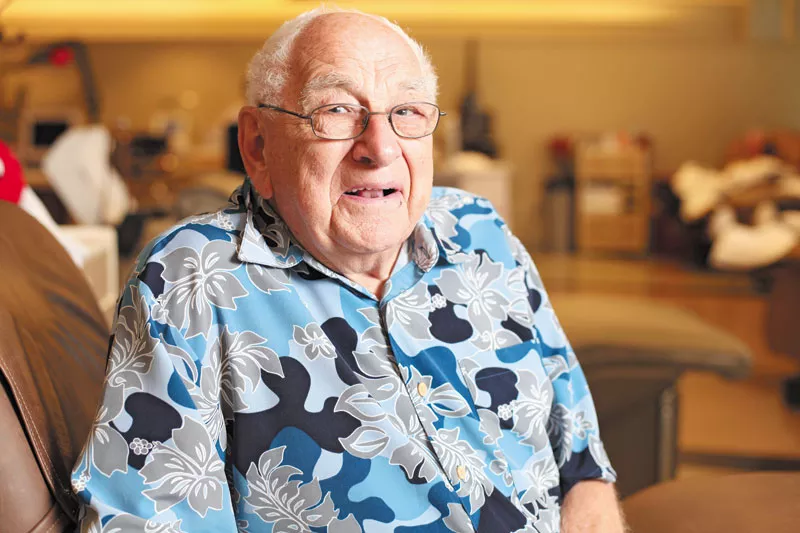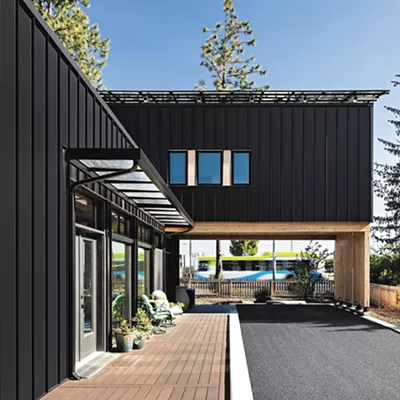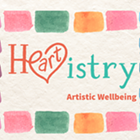If one has spent the majority of his life donating blood — nearly 40 gallons worth — you’d suspect he’d say he’s done it out of a profound sense of community or some other altruistic motive.
At 83, Eldo Androes wouldn’t fess up to any of those motivations, at least publicly. He did admit that after donating blood he tends to “feel better” physically. Could it be there’s such a thing as a donor’s endorphin rush?
This much is certain: Whether Androes is deliberately downplaying his contributions in an aw-shucks-it’s-no-big-deal manner, his actions speak more profoundly than anything he could ever articulate.
Elizabeth Giles, the marketing and communications officer for the Inland Northwest Blood Center, quantified his almost 60 years of blood donations this way: “Every one donation has the potential to save three lives,” Giles says. “What that means is that as many as 939 people could have used blood from him through the years.”
The mathematical breakdown looks like this: One unit of donated blood per visit equals a pint. (Eight pints equal a gallon.) Androes has made 313 donations and needs to make six more to reach the 40-gallon mark. The INBC is not aware of any 40-gallon donors actively contributing.
“I don’t know,” Androes says. “The Lord pointed me [in the direction of donating.]” He is one of a half-dozen regional donors have who have eclipsed the 35-gallon mark, according to INBC records.
Residents of the Inland Northwest have historically recognized the signifi cance of an ample blood supply, something many other parts of the country cannot claim.
Older donors like Androes tend to be among the most consistent blood contributors, according to Giles. Blood donations as a routine habit for older Americans started around World War II when the country faced a massive blood shortage.
Today, however, blood centers like the INBC cannot regularly rely on older donors. In the case of Androes, his blood donation pace has slowed this year because he had to start taking medication to boost his pulse rate.
At present, 35 percent of the INBC’s blood supply comes from high school and college students, extraordinarily higher than the national average, Giles says, adding that the INBC needs more consistent donors in the 35 to 54 age range.
“It isn’t that they no longer want to donate,” Giles says of the age group. “It’s that medically they can’t due to surgeries, health issues or medications. It’s hard when we lose those donors who have spent all of their lives contributing.”
As for Androes, he’s eager to begin donating and hopes to soon get clearance from his doctor to do so. He recalls he began donating blood at age 24 or 25, after he got out of the Air Force and returned to Spokane.
“There’s so much more awareness now about blood donation than there was back then,” Androes says. “Personally for me though, I don’t think I ever thought about it.”
To join Eldo Androes and become a blood donor at the Inland Northwest Blood Center, visit inbcsaves.org.















